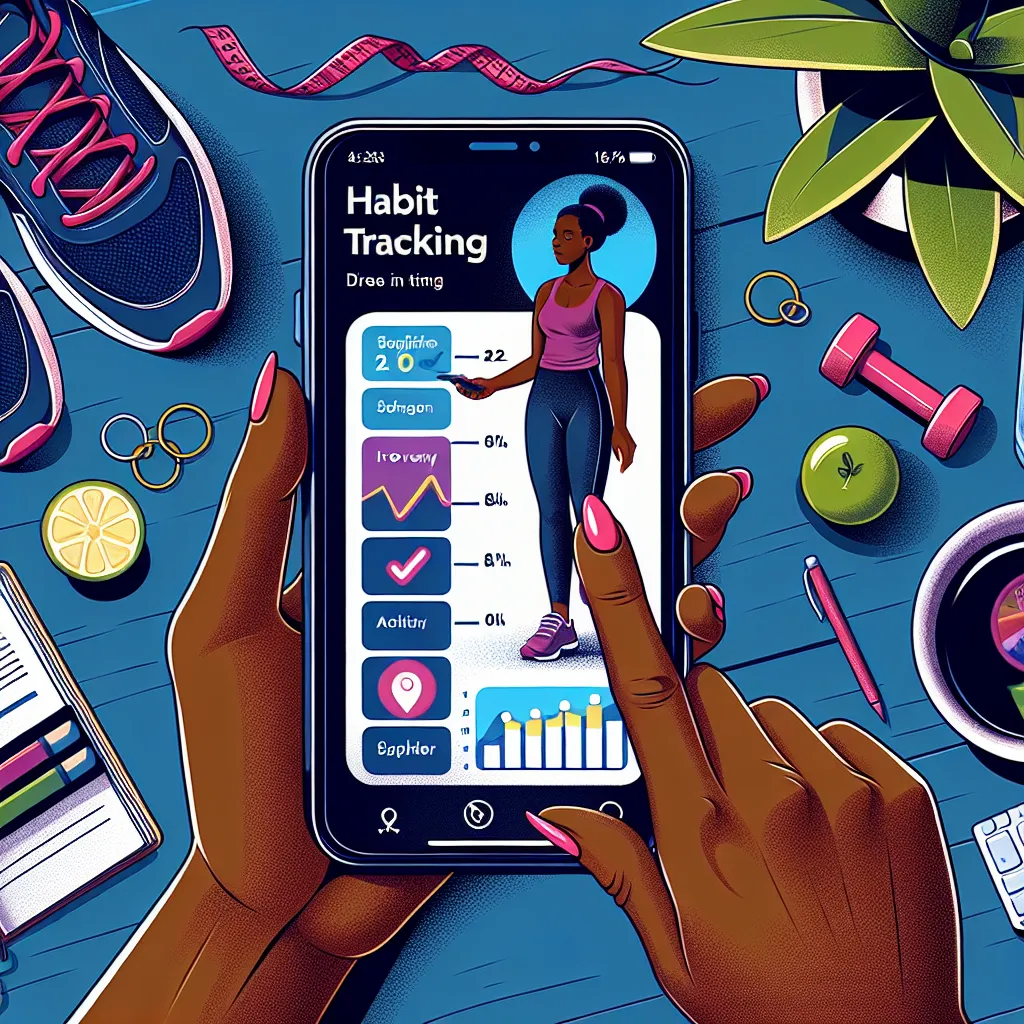The Role of Positive Reinforcement in Establishing Healthy Routines
Positive reinforcement plays a crucial role in establishing and maintaining healthy daily habits. When it comes to behavior change, incorporating positive reinforcement techniques can significantly impact an individual’s ability to adopt and sustain new routines. By offering rewards, encouragement, or praise for engaging in desired behaviors, people are more likely to continue practicing these habits over time.
Studies have shown that positive reinforcement can be a powerful tool in shaping behavior. Whether it’s implementing a workout routine, eating healthily, or practicing mindfulness, receiving positive feedback and rewards for these activities can reinforce their integration into daily life. This process is often linked to the release of dopamine in the brain, which creates a sense of pleasure and reinforces the behavior that led to it.
Furthermore, positive reinforcement can help individuals stay motivated and committed to their goals. By associating healthy habits with positive experiences, people are more inclined to perceive these activities as enjoyable and worthy of continued effort. This, in turn, leads to a more sustainable approach to behavior change, as the positive reinforcement helps to counterbalance the natural resistance to change that many individuals experience.
In conclusion, the role of positive reinforcement in establishing healthy routines should not be underestimated. By leveraging the power of rewards and positive feedback, individuals can effectively improve their daily habits and overall well-being. The incorporation of positive reinforcement strategies can empower individuals to make long-lasting and positive changes in their lives.
Utilizing Technology to Enhance Behavioral Change
Utilizing technology to enhance behavioral change has shown great promise in improving daily habits. With the advancement of digital tools and smartphone applications, individuals now have access to a wide range of behavioral aids that can support and reinforce positive behaviors. These technological solutions often leverage behavioral science principles to provide personalized feedback, goal setting, and tracking of progress.
One popular method of utilizing technology for behavioral change is through the use of habit-tracking apps. These applications allow users to set specific goals, track their daily habits, and receive reminders to stay on track. By providing real-time data and visual representations of progress, these apps can help individuals stay motivated and accountable in their behavior change efforts.
Another impactful use of technology in behavioral change is the integration of wearable devices, such as fitness trackers and smartwatches. These devices not only track physical activity and health metrics but also provide users with insights into their daily routines and habits. By analyzing this data, individuals can gain a better understanding of their behaviors and make informed decisions to improve their habits.
Furthermore, the use of social media and online communities can also contribute to behavioral change by creating a supportive network and accountability system. Online platforms offer individuals the opportunity to share their goals, progress, and challenges with like-minded individuals, fostering a sense of community and encouragement.
In conclusion, the integration of technology into behavioral change efforts has the potential to significantly improve daily habits. By leveraging habit-tracking apps, wearable devices, and online communities, individuals can receive the support and resources needed to make lasting behavioral changes.
The Power of Habit Stacking in Achieving Long-Term Goals
One powerful way to improve daily habits and achieve long-term goals is through the use of behavior aids, such as habit stacking. The concept of habit stacking involves linking new behaviors to existing habits, effectively building a chain of actions that becomes automated over time. This method utilizes the power of existing routines to establish new habits, making it easier to adopt and sustain behavioral changes. By incorporating small, manageable adjustments into daily routines, individuals can gradually build towards larger goals without feeling overwhelmed.
Research has shown that habit stacking can be a highly effective tool for creating lasting behavioral changes. By leveraging the brain’s natural inclination towards pattern recognition, habit stacking can help individuals rewire their automatic responses and create sustainable habits. This approach is particularly beneficial for individuals looking to introduce multiple new behaviors into their daily lives, as it provides a structured framework for integrating these changes seamlessly.
Furthermore, habit stacking has been found to be especially impactful in achieving long-term goals. By breaking down larger objectives into smaller, interconnected habits, individuals can make progress towards their aspirations in a systematic and consistent manner. This approach not only increases the likelihood of successfully implementing new behaviors but also reinforces a sense of accomplishment and momentum, motivating individuals to continue their efforts over time.
In conclusion, habit stacking offers a practical and effective strategy for improving daily habits and achieving long-term goals. By capitalizing on the power of existing routines and gradually integrating new behaviors, individuals can cultivate sustainable habits that contribute to their overall well-being and success.

